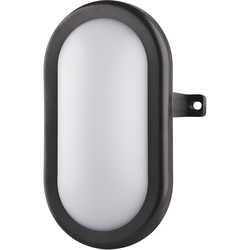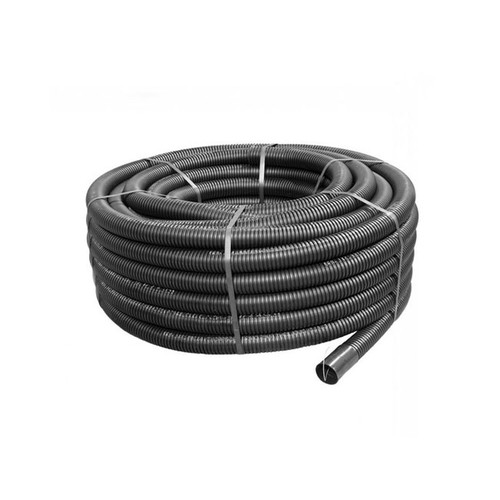Hello all,
I've recently begun building a retaining wall in my garden for a patio area, I decided to go for 6 brick lights along with other lighting for the area (not decided exactly what that will look like just yet). The brick lights I went for are these.
I've been having a read up on how best to wire these lights, I have a garage nearby and figured that the 6 x 4.6W lights shouldn't put too much strain on my garage. However wiring them up has got me wondering the best way to do this.
I've fitted lights, smart heating and some other basics around the house but don't have a massive amount of experience. I was hoping that I could find a solution that wouldn't involve me taking six individual runs of cable into the garage and joining them there, but most the solutions I've read about seem to suggest that many outdoor joining solutions will not last due to the elements.
A number of people have mentioned Wiska boxes filled with gel, which sounds great and about my price point but I'm not sure what to do for the best. I'm also a little unsure about the earthing. The garage is about 1m from one part of my wall although I might possibly send the cabling around the outside of the garden which would mean the cable would be a minimum of 10m long.
Do you think the Wiska box solution might be good enough, or should I perhaps just run all wiring into the garage? Or of course, if there's another solution I'd be happy to hear it.
Thanks
Rob
I've recently begun building a retaining wall in my garden for a patio area, I decided to go for 6 brick lights along with other lighting for the area (not decided exactly what that will look like just yet). The brick lights I went for are these.
I've been having a read up on how best to wire these lights, I have a garage nearby and figured that the 6 x 4.6W lights shouldn't put too much strain on my garage. However wiring them up has got me wondering the best way to do this.
I've fitted lights, smart heating and some other basics around the house but don't have a massive amount of experience. I was hoping that I could find a solution that wouldn't involve me taking six individual runs of cable into the garage and joining them there, but most the solutions I've read about seem to suggest that many outdoor joining solutions will not last due to the elements.
A number of people have mentioned Wiska boxes filled with gel, which sounds great and about my price point but I'm not sure what to do for the best. I'm also a little unsure about the earthing. The garage is about 1m from one part of my wall although I might possibly send the cabling around the outside of the garden which would mean the cable would be a minimum of 10m long.
Do you think the Wiska box solution might be good enough, or should I perhaps just run all wiring into the garage? Or of course, if there's another solution I'd be happy to hear it.
Thanks
Rob












